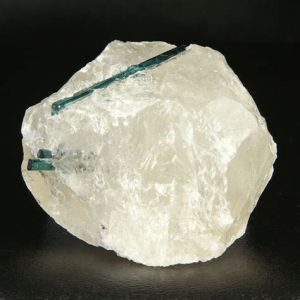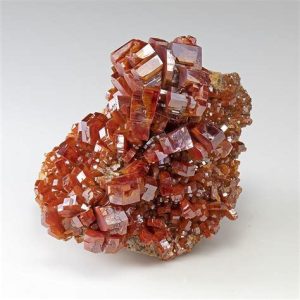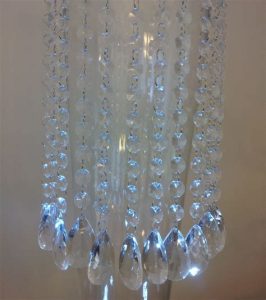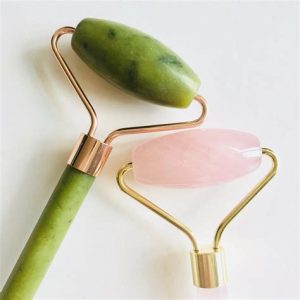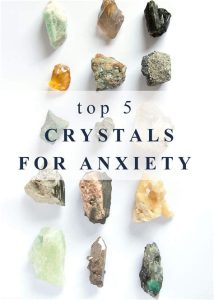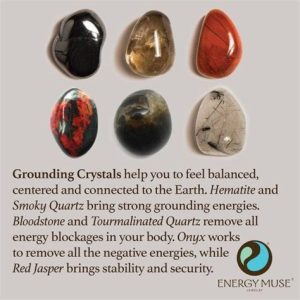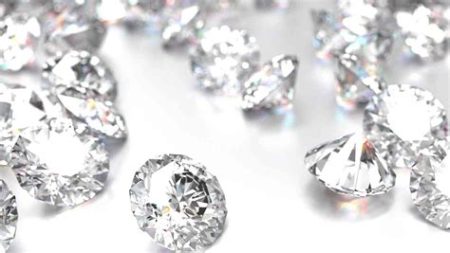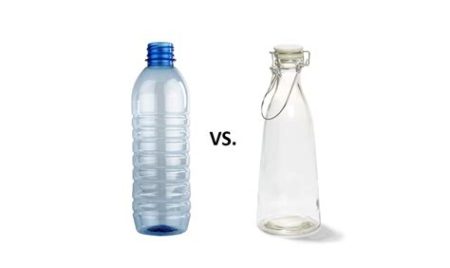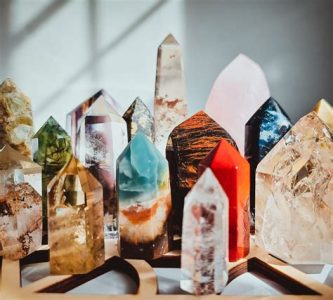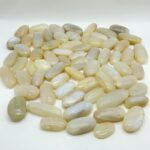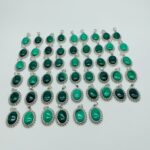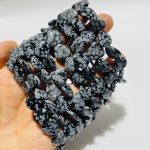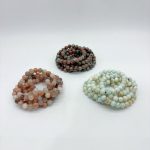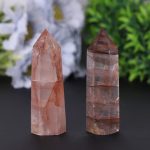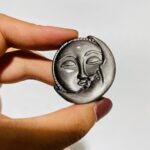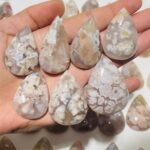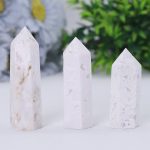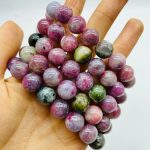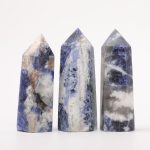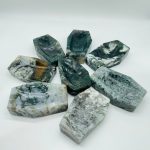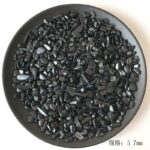Crystal enthusiasts or collectors often worry about identifying fake crystals. This worry is valid as most people wouldn’t want to be duped by sellers who claim that their products are the real thing but are actually not. Thus, crystal customers need to have a firm grasp of crystal identification.
Determining Real Crystals from Imitations
1. Physical Examination
a. Visual Inspection
- Genuine crystals exhibit natural imperfections, such as inclusions or growth patterns, which give them a unique appearance.
- Fake crystals, on the other hand, often appear too perfect, with uniform color and sharp edges.
b. Hardness Test
- Natural crystals possess a specific hardness, which can be determined using a Mohs scale.
- Imitations may have a different hardness or scratch easily.
2. Thermal Conductivity
- Genuine crystals conduct heat quickly, feeling cool to the touch.
- Fake crystals may retain heat or feel warm.
3. Refractive Index
- Crystals have a unique refractive index, which can be measured using a refractometer.
- Imitations may have a different refractive index.
4. Chemical Analysis
- Crystals have a specific chemical composition, which can be determined through X-ray diffraction or spectroscopy.
- Imitations may have a different chemical composition.
Table 1: Visual Comparison of Real VS Fake Crystals
| Feature | Real Crystal | Fake Crystal |
|---|---|---|
| Appearance | Natural imperfections, unique | Uniform color, sharp edges |
| Hardness | Mohs scale hardness | Different hardness, scratches easily |
| Temperature | Cool to the touch | Retains heat, feels warm |
Table 2: Thermal Conductivity Comparison
| Material | Thermal Conductivity (W/mK) |
|—|—|—|
| Natural Crystal (Quartz) | 7.7 |
| Fake Crystal (Glass) | 1.0 |

Table 3: Refractive Index Comparison
| Material | Refractive Index |
|—|—|—|
| Natural Crystal (Diamond) | 2.42 |
| Fake Crystal (Cubic Zirconia) | 2.16 |
Table 4: Chemical Composition Comparison
| Material | Chemical Composition |
|—|—|—|
| Natural Crystal (Amethyst) | SiO2 (with iron impurities) |
| Fake Crystal (Dyed Glass) | SiO2 (with added colorants) |
Conclusion
Identifying crystals accurately requires a combination of techniques, such as visual inspection, hardness testing, thermal conductivity tests, refractive index measurements, and chemical analysis. By carefully examining these characteristics, crystal enthusiasts can distinguish between genuine and imitation crystals.

